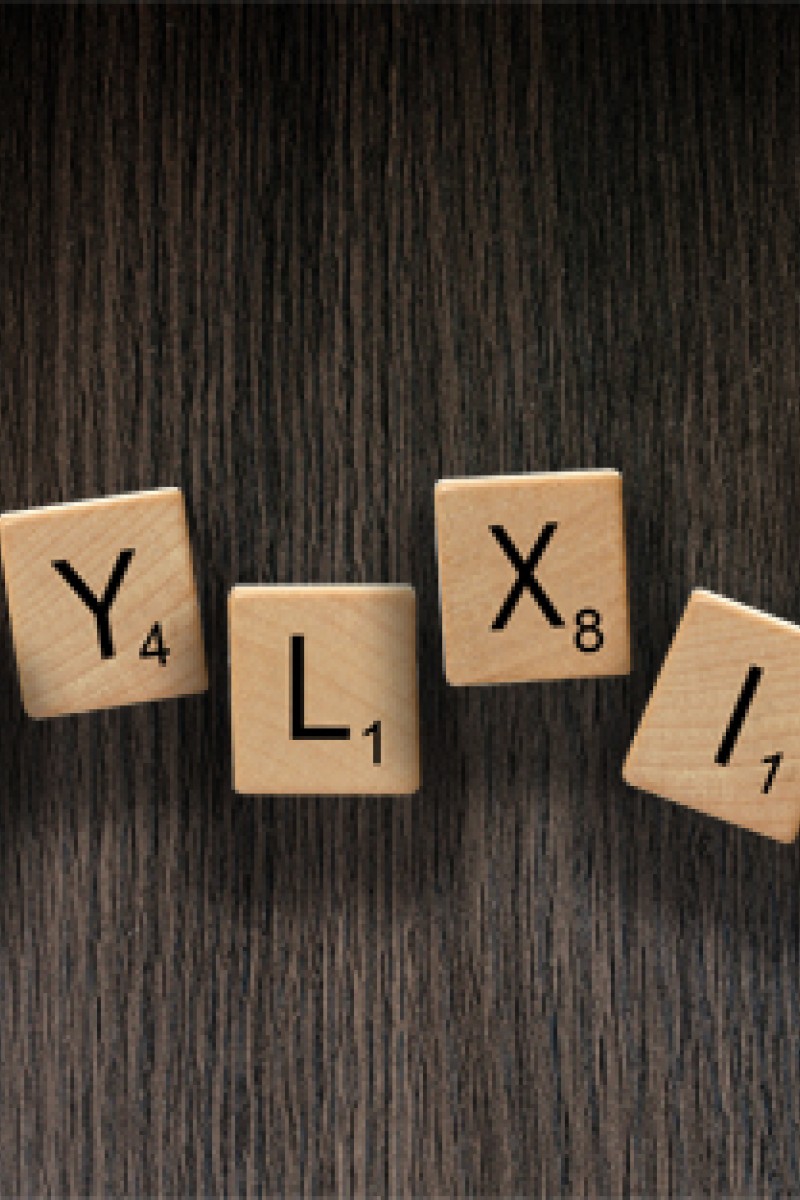Children with dyslexia usually have the same IQs as everyone else and look the same, but they can get help with reading and writing if the disability is spotted early.

According to a recent University of Hong Kong poll, 10 per cent of local students have learning disabilities, among whom 80 per cent are dyslexic.
Numbers from the Education Bureau show that in the 2003-04 school year, 1,360 children had special learning needs. By 2010-11, that number rose about ten-fold to more than 13,000.
Katie Lam Pui-sheung, a youth work officer from the Hong Kong Federation of Youth Groups (HKFYG), says this does not necessarily mean the problem of learning disabilities among children has worsened. It could be that awareness of the issue has increased, she says.
Dyslexic children have normal IQs and look the same as other kids. Teachers or parents frequently regard them as lazy or unco-operative or think they have lower IQs, but they misunderstand the situation.
Parents and teachers can look out for early signs of dyslexia. Such children find it hard to recognise, memorise and spell words. They tend to forget words easily despite repeated revisions. As they read aloud, they may jump over a few words or skip lines.
Dyslexia is a life-long disorder, and it can be treated. The situation can be improved if it is discovered at an early stage and the children are given the right guidance.
Lam says social workers help dyslexic children to learn through methods that involve more than one of the basic senses. They will teach the children to learn a Chinese word through recognising its radical and phonetic component.
"The teaching method should be tailor-made for each child since they all have different needs. Regardless of a correct answer, teachers appreciate their attitude, efforts or other strengths like being compassionate," Lam says.
When educating children with dyslexia, teachers and parents should not compare kids based only on their academic development. On the other hand, they should be given the space to develop in other areas, such as sport and the arts. The learning process, rather than the results, should be the primary focus.
According to Lam, students show vast improvement when guided properly. "I worked with an eight-year-old boy with dyslexia last year," she says. "At first contact, he was inattentive and unmotivated. However, after he participated in the HKFYG literacy programme, he was much more motivated when it came to memorising words and writing.
"He and his mother improved their relationship because we taught her the rationale behind the teaching methods for dyslexia and she's become much more understanding about her son's struggle with schoolwork."
Through her work with children with dyslexia, Lam was inspired to rethink the local education system. "Our education system tends to focus on examination results," she says. "Can this system fully reflect students' ability? Are learning and expressing through words the only way out for our students? I have discovered many talented individuals with dyslexia during my work but under the current examination system, they are considered under-achievers. This is something for educators to think about."
